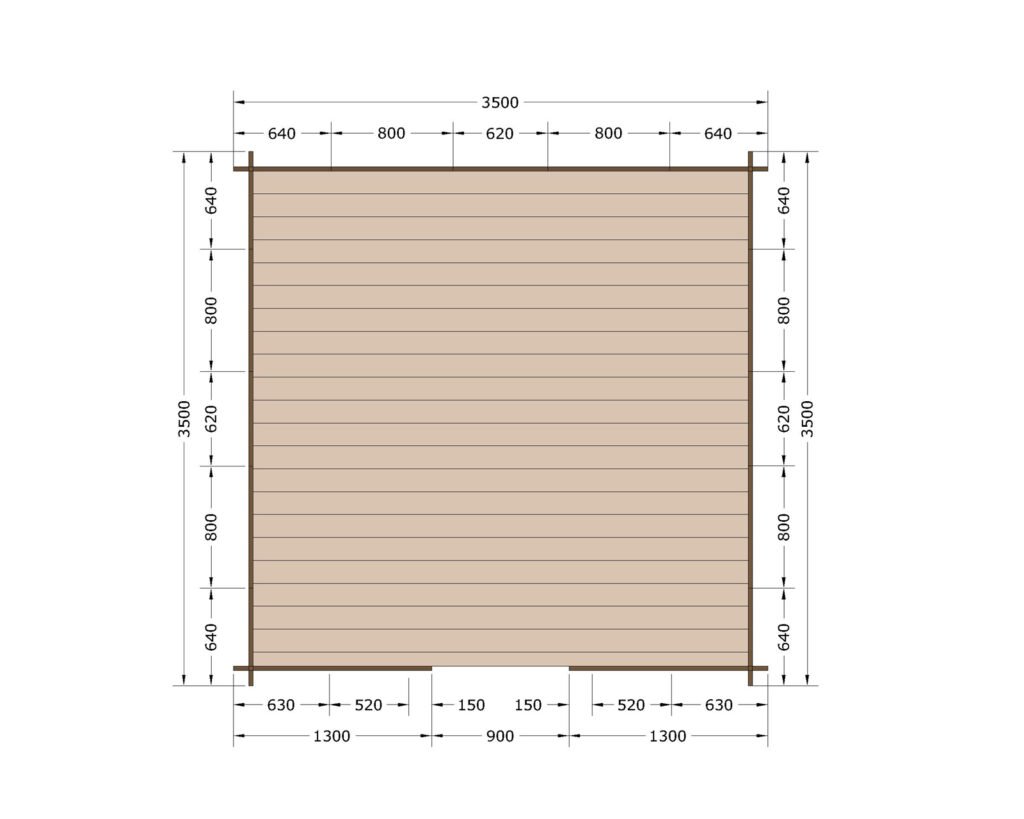
Building a Shed Bike Storage Rack
If rolling dirty bikes through your house is unwelcome or budget is tight, there are alternatives available indoors that include simple wall mounts which feature hooks screwed into a wall stud as well as more attractive pieces like Hiplok’s Airlock.
1. Shelving
If space is at a premium and drilling into masonry or studs is permissible, wall mounts offer an easy, cost-effective solution to store bikes. From freestanding pole-type racks that run from floor to ceiling like dockyard workers and sailors used to do, to racks attached at one end using pulley systems that lift bikes off the ground using tension, simple wall mounts can provide an affordable storage solution – and can come equipped with secondary attachments that prevent your bike from swinging with even the slightest breeze or touch!
If your landlord or fellow householders prohibit drilling into walls, more people are turning to bike storage-specific furniture as an alternative solution. These standalone units often consist of shelving with slots or hooks built specifically for bikes; many also double as attractive pieces of wall decor.
If theft is a worry for you, lockable solutions such as Hiplok’s Airlock may offer an ideal way to safeguard against it. While traditional ground or wall anchors might not look appealing at first glance, more inviting solutions like them exist; although their maximum weight capacity is limited to just one bike. They must also be bolted onto solid walls.
2. Roof
Dependent upon your situation, the roof of a shed could make an excellent place for bikes to be stored. For instance, if cycling through your house or garage is undesirable or break-ins occur frequently, an outdoor solution like a secure shed might be your best bet – these sheds provide protection from weather damage while offering shelves to store riding gear and spares too!
If your space is limited but tall enough, there are also pole-style racks which can be attached to either the ceiling or wall high up – similar to what dockyard workers and sailors use – that may provide ample vertical storage. They’re an excellent option for heavier bikes if lifted into their respective racks manually.
Mindful of shed sizes being deceptively misleading, it’s advisable to measure both its exterior dimensions and internal sizes with a tape measure before making a final decision. There are also dedicated bike sheds which offer multiple bike storage at an affordable price point.
3. Floor
Linoleum flooring is an ideal option, being both waterproof and extremely long-wearing; vinyl rolls also make great options as they’re slip resistant, plus can tolerate most household chemicals (like oils and cleaning solutions) without becoming slippery or absorbent over time. Carpet, however, should be avoided due to being less durable; absorbs moisture easily, holds onto smells more readily, and retains any spilled chemicals for too long – while rubber matting provides a budget solution while being very durable!
Whatever solution you decide upon, the key to selecting an optimal floor solution for storing bicycles in a shed lies with choosing one suitable for the type of bike being stored there and considering its future usage, whether for working out or children’s toys. When using the shed as anything other than bike storage alone – like as an office or man cave – investing in sturdy yet attractive flooring solution with comfortable standing/walking conditions is worth spending extra on.
Before beginning construction of your shed, it is also a smart idea to put down a base. This will provide the structure with a strong and secure base and help it stand upright without sinking into the soil or becoming uneven over time. There are various kinds of bases to choose from – some easy and straightforward while others more complex!
One of the easiest and cheapest bases to create is a paving slab base. These relatively inexpensive slabs are easy to lay down – though make sure it is level before beginning! Paving slabs make an ideal base for all kinds of sheds including plastic and metal structures.
Alternative, more sophisticated solutions include concrete shed bases or timber decking bases. Concrete may be stronger but also the more labour intensive option to install, making this choice costly overall. Timber decking bases have gained in popularity as a great-looking long-term shed base solution that’s also highly stable.
4. Doors
For those who do not wish to drag their dirty bikes through the house and are uncomfortable with roof-mounted racks that swing freely at any breeze or touch, there are insurance-approved secure outdoor sheds available that provide an enclosed environment that shields bicycles overhead and on all sides. While these cost more than traditional garden sheds, they provide a much cleaner storage solution than simply placing them outside on an ordinary shed floor.
Finding the appropriate shed size is vitally important to ensuring sufficient bike storage space. Shed sizes are usually determined by exterior dimensions rather than internal space, so be sure to measure its exact internal dimensions prior to buying! A tape measure will come in handy here – I’ve put together an informative guide here which compares internal spaces among sheds of various shapes and sizes!